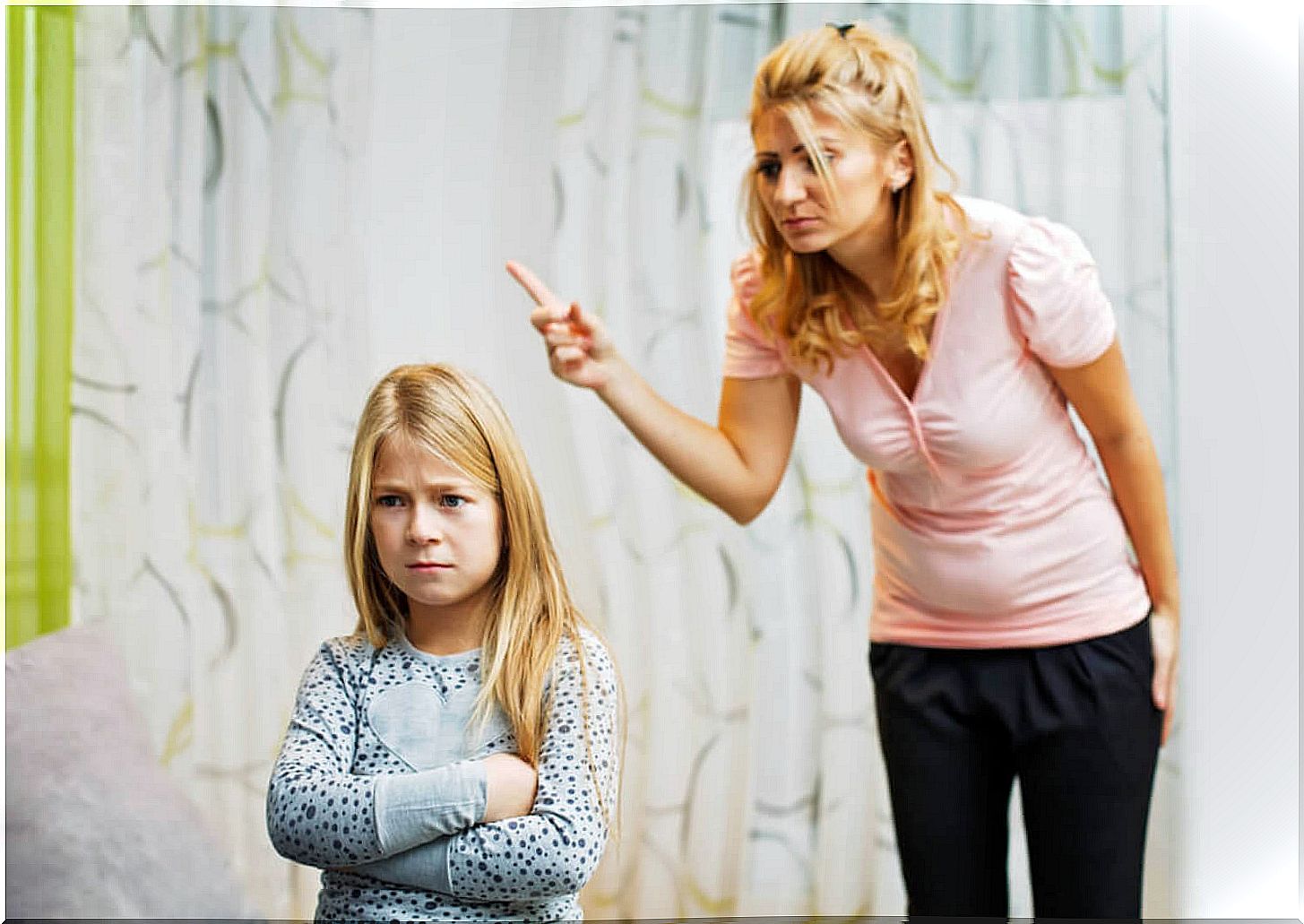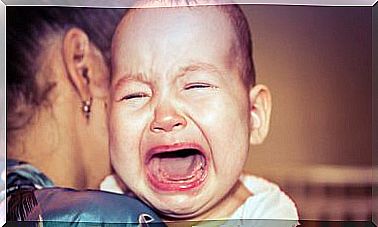Differences Between Punishment And Limit

There are differences between punishment and limit that it is necessary to know in order to have a respectful educational model. In this way, we will be able to transmit to the children adequate guidelines for living in society. If the guidelines that we transmit to them are illogical or arbitrary, they will have difficulties assimilating them and acting according to them.
It is key that we educate our children according to social norms or parameters. We have to be congruent and consistent in teaching them. Parents are primarily responsible for teaching children what the limits are and what will happen if they are not respected.
Punishment and limit: authority or negotiation?
Educational models have undergone a change over time and we have gone from an authoritarian style (children followed the orders that adults gave them) to a style more based on negotiation (the needs of children are taken into account and not only that of adults).

When we speak of norms, limits, authority and discipline in the education of children, we are not referring to an authoritarian model, but to a style of education based on respect, coexistence, responsibility for our actions and tolerance.
We have to be careful and avoid that the educational style that is based on negotiation becomes a parenting model in which everything is allowed and children are overprotected. Negotiating implies taking into account the opinion of the little ones when making decisions such as rules, limits and consequences, but not suppressing them.
What does it mean to set limits?
Setting limits is essential to teach children what behaviors, when, how and where they cannot be done, and when they are allowed. In this way, we are telling them that they cannot do everything they want at all times and that their behavior or way of acting can affect other people.
Therefore, we can say that setting limits is not the same as imposing rules ; They are two different things. For example, a rule would be to go to sleep at 9 o’clock at night or make the bed every day, while a limit would be not to touch the plugs, to hold hands when we go out into the street, not to run across the street, etc. .
Differences between limit and punishment
There are some clear differences between limit and punishment that we are going to see below:
The breach of a limit has a determined consequence, the punishment does not
When we establish limits, we indicate to children what the consequences of their non-compliance will be, that is, we are anticipating the consequences of not respecting it, while punishment is something that they do not expect, the adult does it arbitrarily.
The limit is a way of telling the child what he can or cannot do; punishment is the response to their behavior
With the limit we specify what is not allowed and the punishment is the response that the adult gives when the child has not respected that limit. Punishment is normally charged with emotions such as anger, therefore, it is more of an adult’s relief response that can have negative effects on the education and discipline of the little ones.
The punishment is not consistent with either the behavior or the limit
One of the key characteristics of punishment is that it has no logic or relation to the behavior of the child and not to the established limit. An example would be when we deny the child to watch television because he has had bad behavior at school.
How to establish coherent and logical consequences instead of punishments?
We must teach children that their behaviors have natural and logical consequences. For example, if they walk without looking where they are going, they may trip over something, fall and hurt themselves (a natural consequence). Or, if a child hits another, it is important that adults guide him to apologize to the partner who has hit (logical consequence).
Therefore, we can say that a consequence, in addition to being the response to a certain behavior, is also something that allows us to know what can happen if a certain limit is ignored or crossed.
When we allow the consequence to be anticipated, we are making it no longer depend on the anger of the adult, but the child already knows in advance that by crossing a certain limit with his behavior, he will have a certain consequence. This will prevent you from going over that limit next time.

What are the characteristics of a logical consequence like?
- We have to be sure of complying with it , that is, we have to be sure that we are going to comply with the logical consequence; We cannot tell him that there will be no park if we know that we are going to take him later.
- It has to be immediate : the consequence has to be imposed immediately for inappropriate behavior, not two weeks later, which the child no longer remembers.
- It is important that it is a consistent consequence : we cannot impose disproportionate consequences on the child’s behavior. For example, a child who arrives 5 minutes after what we had told him and we tell him that he will be a month without leaving. This would not be consistent with behavior. The correct thing to do would be to tell him that the next day he will have to return 10 minutes earlier.
About the differences between punishment and limit we can say …
We have already seen the differences between punishment and limit, as well as the importance of establishing logical consequences and how to carry them out. It is important that we avoid imposing punishments, especially as a way to vent our anger, without any other anticipation.
The consequences have to be consistent, immediate and we have to be sure that we will comply with them when we impose them. This is something that we must take into account so that we can obtain the desired behaviors from children. If we impose punishments arbitrarily, it will be detrimental and negative for their education.










